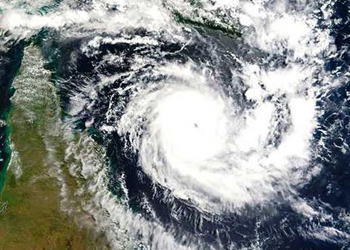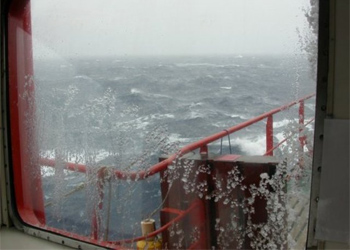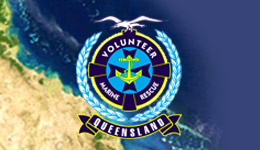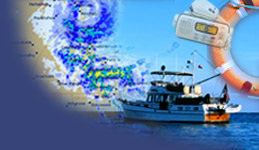Monitor and Control Compliance with Applicable Maritime Legislation | Master's Responsibilities |
 |
Encountering Cyclones
Known around the world as ‘tropical revolving storms’, they are also referred to as typhoons in tropical Asia, and hurricanes in the American region. The ability to forecast cyclones has improved dramatically over recent times, however they remain little understood and are famous for their unpredictable nature once they have formed.
Cyclones derive energy from warm tropical seas with a temperature of at least 26.5 degrees Celsius, although once formed they can sustain themselves over cooler waters.
Cyclones vary in severity from Category 1 (least severe) to Category 5 (most destructive). However, any cyclone at sea is something to avoid!
Signs of an approaching cyclone may include:
- an unsteady or rapidly falling barometer
- significant cloud formations or a ‘lurid’ sky
- extremely heavy swell
- high humidity.
The master’s decisions on an appropriate course of action will be influenced by:
- the size and speed of the ship
- the seaworthiness and endurance of the ship
- the proximity to dangers
- the proximity to harbours, anchorages etc.
- the relative position of the ship to the position of the path of the cyclone.
Some of the key actions a master may take during a cyclone include:
-
Recording as accurately as possible the path of the storm. Taking care to listen to weather bulletin broadcasts and plot the position and any movement of the cyclone.
- Preparing the ship, including;
- battening down all hatches securely
- closing all deadlights on portholes/side scuttles
- closing all valves on skin fittings except those essential for the servicing of the engine
- boarding up all large panes of glass – if boarding up is not possible run vertical and horizontal strips of masking tape to prevent glass from flying if fractured
- pumping all bilges and clean strainers and strum boxes
- closing any watertight doors
- checking all life preserving gear, keeping in mind accessibility
- preparing anchors so they may be let go in an emergency
- clearing the decks and stowing and securing all moveable gear below
- lowering derricks, booms or any gear that may cause excessive windage
- keeping all heavy weights as low as possible
- making sure all freeing ports are working and are clear of obstructions
- ballast the ship for best trim.
- Having extra rations, especially fresh water in convenient plastic jars readily accessible in case of having to abandon ship.
- Checking fuel and stores so that estimation can be made of the ship’s endurance.
- Reporting position on all ship-to-shore radio schedules.
- Determining the action to be taken for the ship’s safety under the prevailing conditions.
| back to top |

